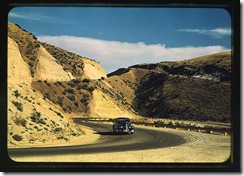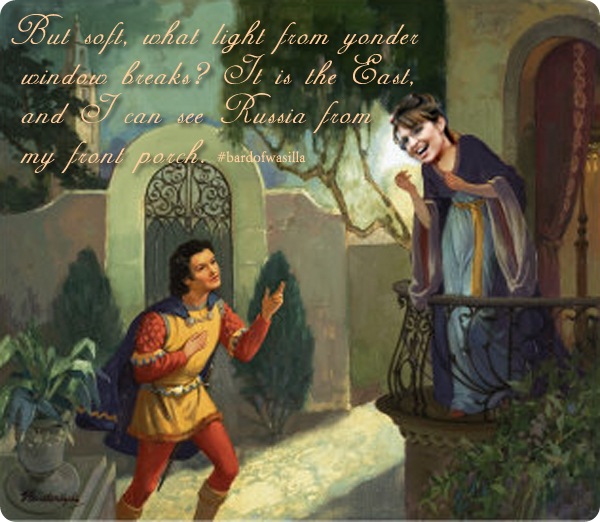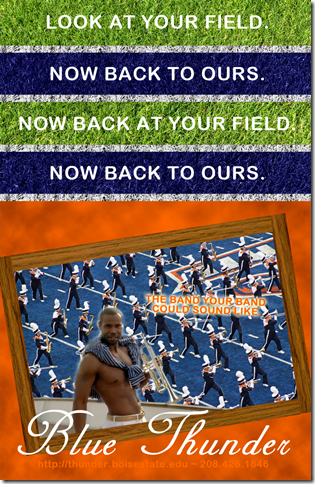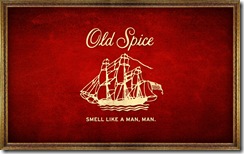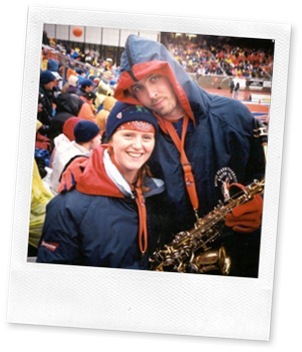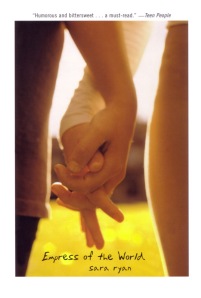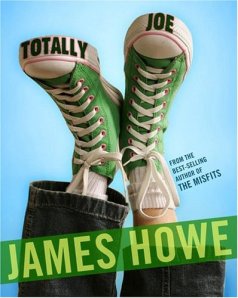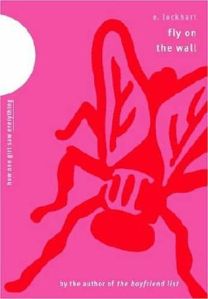Recently, Neatorama linked to an online gallery of color (not colorized!) photos taken in the 1930s and 1940s. They’re very rare, obviously, and are part of a Library of Congress collection. I’m intrigued by old photographs and think they have some applicability in my (and Ryan’s) field; I like to use them as illustrations for historical pieces, and for inspiration in creative writing exercises, while Ryan can use them when teaching history to show the everyday life at those times.
I browsed through the gallery, wondering about peoples’ stories, enjoying the cars and clothing, being amused at the pictures taken in Idaho that could have been taken yesterday. (Click on the pics to enlarge, hopefully.)
The road to Emmett, ID; 1941. Looks just the same today only with more cars.
One of the pictures caught my eye. I thought it was probably just because the main subject of the photograph was making eye contact with the photographer – that makes for an arresting image. I spent a long time just looking at picture #13, strangely captivated by the two men with visible faces, but thought no more of it.
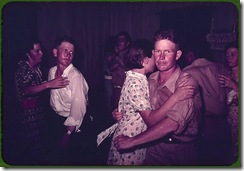
Taken in 1939 or 1940, in McIntosh County, OK
My family recently bought a 1930s-era house, and my mom has been beautifying it with era-appropriate furniture and decorations. Knowing she’d be interested in these pictures, I sent her the link – just the link, no commentary except to say “neat photos.”
Mom replied:
In photo #13, the guy dancing looks enough like my Dad (or maybe its my brother) that its kind of weird. I don’t know if he even still lived in Oklahoma at that time.
The more we look at the picture, the more convinced we are that these two guys may be Mom’s uncles. Not only do they have the coloring, the nose, the ears, the hair… but apparently there’s a family “distinctive forearm” that the main guy also seems to have. I realize now that when I looked at the guy to the left, I was seeing Mom in him.
It’s the right place and the right time. At least one of the brothers ought to have been married, but maybe they couldn’t afford men’s wedding rings at that time (or maybe it wasn’t done… or maybe the work he was doing then didn’t permit it).
I’m thinking about trying to contact the Library of Congress to see if they have any more information about this picture, and to offer a hypothesis. Not that it’s a matter of national importance or anything, but it’s still kind of cool to think that relatives ended up in this small, rare collection of photographs. I’m always flipping through the old photos at antique stores, thinking it would be neat to find someone I knew. Maybe we finally did!
